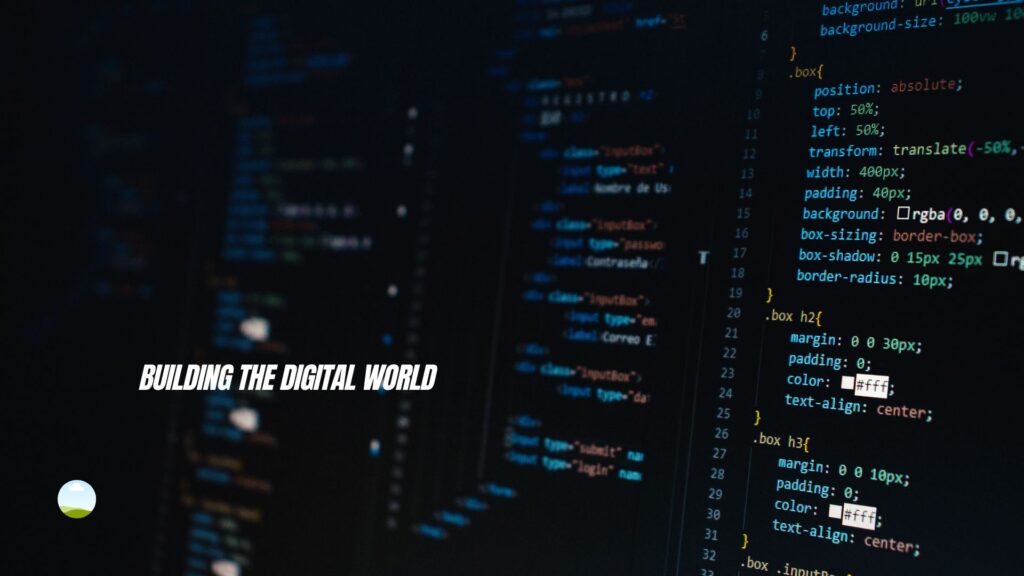Top Economic Trends 2025—Insights from The Enterprise Insight
The Enterprise Insight , 2025 is the world economy’s turning point. With technology advancing at unprecedented levels, geopolitics transforming, and consumerism evolving, the corporate landscape is entering a new age of opportunities and challenges. In this exclusive report, The Enterprise Insight explores the Top Economic Trends 2025 that will reshape industries, inform investments, and transform growth strategies for companies worldwide. 1. AI-Driven Productivity Revolution | The Enterprise Insight One of the most revolutionary economic trends of 2025 is the mass use of artificial intelligence in daily business practice. Although adoption began years earlier, its 2025 form is far more advanced—transforming decision-making, supply chains, customer service, and even creative careers. Companies that are using AI to predict and automate are achieving significant cost savings and productivity boosts. Industry reports indicate that tools backed by AI can yield up to a 40% boost in efficiency, allowing businesses to expand at a faster pace without proportionate increases in operation costs. The Enterprise Insight observes that by 2025, AI is no longer an optional add-on—it’s the basis of competitive advantage. From small startups to multinational corporations, organizations that do not adopt AI are in danger of falling behind. 2. Emergence of Sustainable and Green Economies |The Enterprise Insight Sustainability has evolved from a marketing option to an integral economic imperative. Climate policy, carbon pricing, and growing consumer concern about the environment are compelling firms to shift to green business models. In 2025, investment in renewable energy, circular economies, and carbon-neutral production becomes central to growth strategies. Governments across the globe are providing tax incentives for sustainable business operations, and thus green transformation not only becomes ethical but profitable as well. Growing industries include electric vehicles, solar power, and sustainable farming, says The Enterprise Insight. Investors are increasingly channeling funds toward companies with solid ESG (Environmental, Social, and Governance) principles, indicating a long-term realignment of world capital flows. 3. Geopolitical Realignments Affecting Trade Political blocs, economic sanctions, and local partnerships are defining the trade of goods and services in 2025. Persistent geopolitical tensions between different regions like Eastern Europe, the South China Sea, and the Middle East are impacting trade routes, tariffs, and supply chain decisions. The Enterprise Insight observes that supply chain diversification is becoming a priority one for exporters and manufacturers. Firms are shifting from dependence on a single country towards multi-regional sourcing, lowering risk and enhancing resilience. Also, regional trade agreements are becoming strong growth drivers. For instance, Africa’s Continental Free Trade Area (AfCFTA) and emerging Asia-Pacific alliances are creating opportunities for emerging markets to have greater roles in global trade. 4. Digital Currencies and Financial Transformation The world of finance in 2025 is going through a parallel movement—away from conventional banking systems towards digital money and decentralized finance (DeFi). Central Bank Digital Currencies (CBDCs) are already live across various large economies, and blockchain-based transactions are going mainstream. This change is not just speeding up cross-border payments but also cutting transaction costs by a long shot. Companies that adopt cryptocurrency-friendly payment platforms are opening themselves to new markets, especially in tech-savvy regions. The Enterprise Insight foresees that with the growing acceptance of digital currencies, we will witness the emergence of hybrid payment infrastructures, in which fiat and crypto coexist, providing buyers and sellers with more flexibility. 5. Hybrid Work and the Global Talent Marketplace The pandemic caused by COVID-19 redefined the culture of work, and by 2025, the hybrid model had become a permanent economic framework. The possibility of hiring remote talent from anywhere globally has opened up unprecedented opportunities for businesses. Workforce globalization has created the “Global Talent Marketplace,” where businesses are able to acquire talent from the most competitive and low-cost locations. This has contributed to increased diversity, innovation, and flexibility in organizational designs. Economically, the Enterprise Insight points out that this shift minimizes fixed costs for companies while offering professionals access to worldwide job openings without geographical constraints. 6. Expanding Health Tech and Bioeconomy Medical innovation is a central economic driver in 2025. The use of AI in diagnostics, precision medicine, wearable health technology, and biotech innovation is driving a thriving “bioeconomy.” With aging populations in most developed countries, demand for sophisticated healthcare solutions is mounting. Enterprise Insight adds that nations heavily investing in health tech are not only enhancing public health but also generating high-value export opportunities in pharmaceuticals, medical devices, and health data analytics. 7. The Creator Economy and Digital Monetization Content creation is no longer the reserve of entertainers and influencers—it is a multi-billion-dollar industry that covers educators, consultants, and specialists within niches. Video platforms, podcasting, online courses, and monetizing social media are driving a global creator economy. By 2025, companies are riding this wave by working with micro- and nano-influencers to create focused marketing campaigns. This trend is yielding better engagement rates than conventional advertising. The Enterprise Insight predicts that digital monetization technologies—everything from subscription strategies to NFT-based intellectual property—will further progress, providing creators with more ownership and economic autonomy. 8. Redefining Consumer Behavior Through Experience Economy In 2025, individuals are buying fewer physical goods and more experiences—travelling, entertainment, education, and health. This is called the “experience economy” and is driving change in the tourism, hospitality, and lifestyle industries. The Enterprise Insight further posits that businesses integrating immersive technologies such as virtual reality (VR) and augmented reality (AR) into customer experiences are registering greater brand loyalty. Experiential stores, mixed events, and tailored services are the new industry standards. 9. Cybersecurity as an Economic Imperative With accelerated digital transformation, cyber threats are emerging as one of the largest threats to economic stability. 2025 cyberattacks are more advanced, not only attacking financial institutions but supply chains, healthcare networks, and government infrastructure as well. The financial cost of cybercrime is estimated at trillions of dollars a year. The Enterprise Insight points out that cybersecurity is not a secondary IT priority anymore—it is a top business strategy. Organizations are making more investments in zero-trust architectures, threat detection with artificial intelligence, and employee cyber-awareness training. 10. Future Markets Stepping










